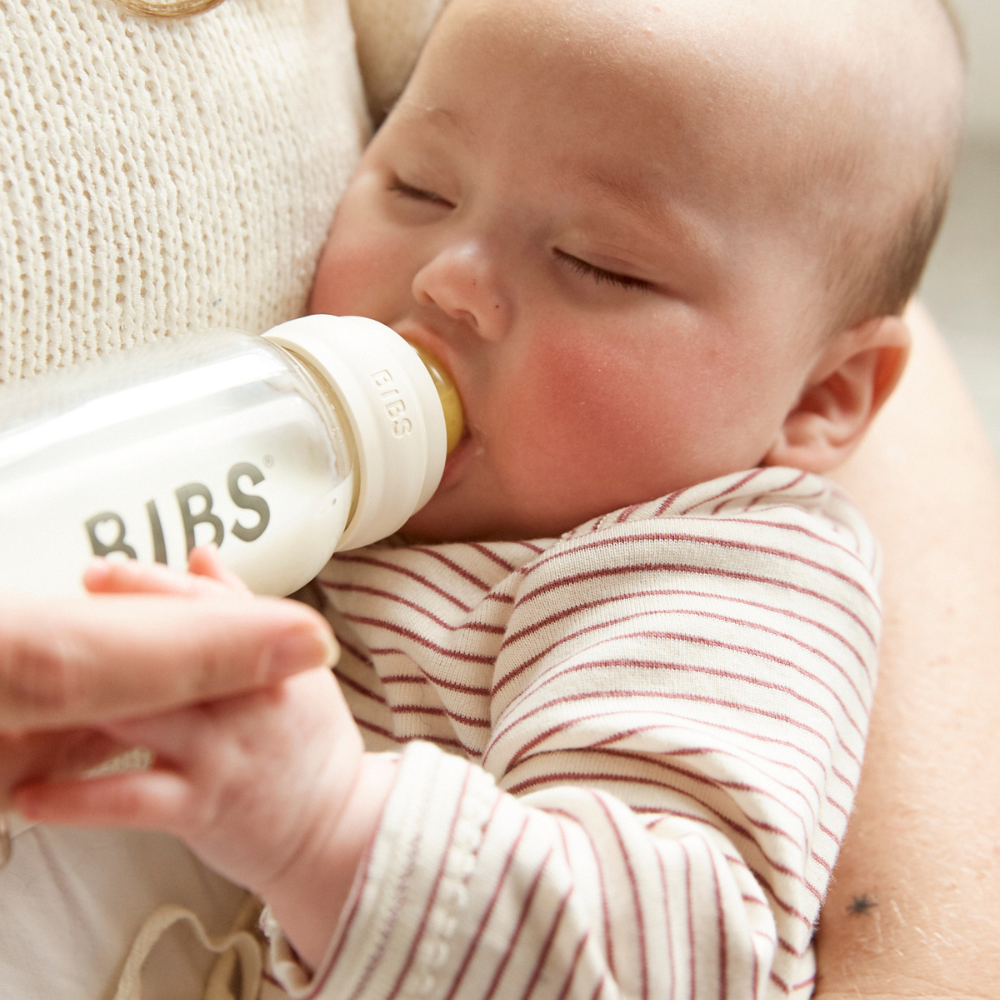

Slow flow? Fast flow? Learn the lingo of bottle feeding so you can choose the right teat for your baby
Finding the right baby bottle is one thing, but then you need to know about teat or nipple flow rate. Let’s take it from the top. Baby bottles have an option of slow, medium or fast flow teats, this references how big the hole or how many holes are in the teat, and therefore how much milk will flow out of the bottle and into your baby’s mouth. That’s the “flow rate”.
As with everything, all babies are different and will develop a need for faster flows at a different rate, however all newborns start with a slow flow which is designed to mimic breastfeeding and better control their intake. Ahead, all the factors that affect your choice of teat and how to know when it’s time to change.
Breast or formula-fed
A breastfed baby is used to working for that milk. By which we mean, it’s harder to get milk from a boob than a bottle, so they are accustomed to needing a strong suck to get milk. For this reason, it is recommended that breastfed babies always use a slow flow teat when taking a bottle so that the bottle mimics the boob. Putting them on a faster flow teat could cause them to get lazy or even refuse the boob because the bottle is easier.
If your baby is not breastfed from the boob, you don't have to worry about mimicking the experience so much. Instead, follow their signs.

Signs that the flow rate is too slow:
- Baby becomes frustrated when feeding
- Teat is sticking together and preventing milk flow when baby sucks
- It’s taking more than 20 minutes to finish a bottle or baby is falling asleep while eating
Signs that the flow rate is too fast:
- The baby is gulping
- The baby is coughing
- The baby is choking
- The baby is swallowing too much air
How often do you replace them?
Each brand has their own specifications, and it will depend on how often you bottle fed (i.e. occasionally or multiple times a day) and how many bottles you have in rotation. As a rough guide, your teats will be due for a replacement every 8-12 weeks, and your bottle-fed baby might graduate to a medium flow at three months and fast around six, but again, it’s best to look for the signs.


















































































